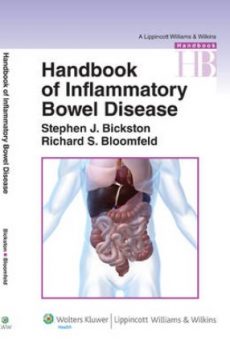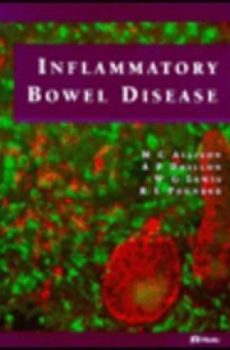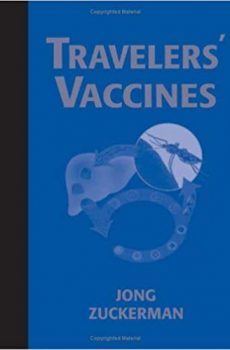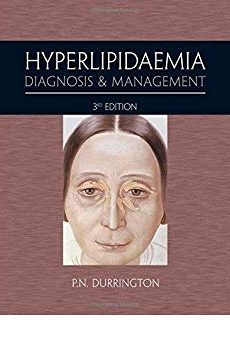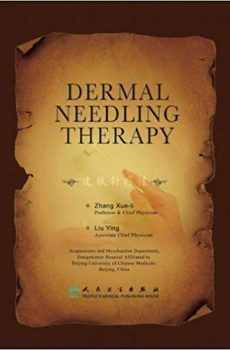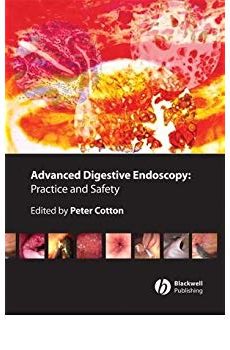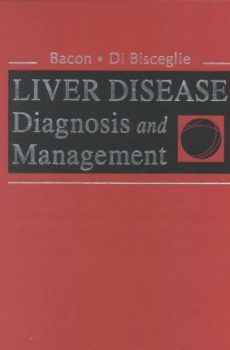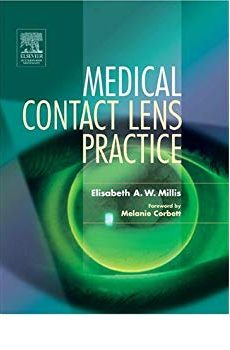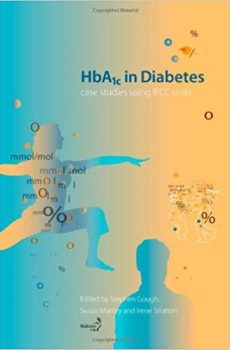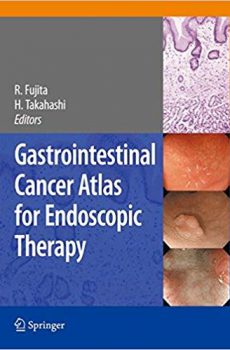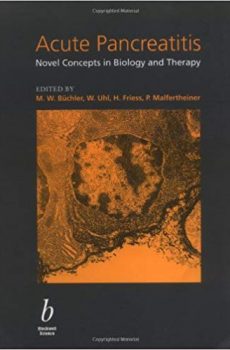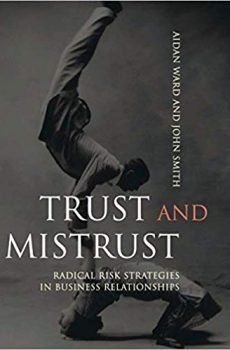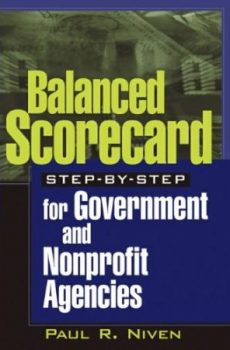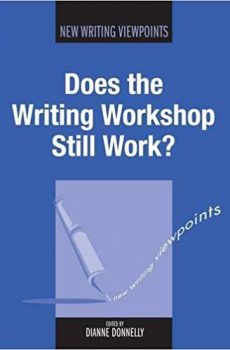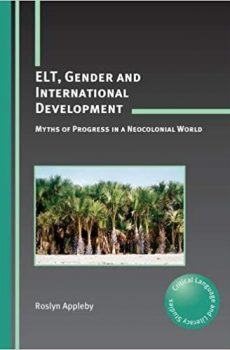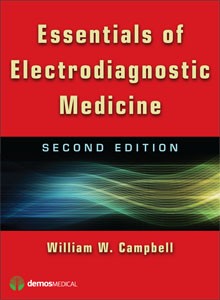Over the past decade, the Balanced Scorecard has become one of the business world’s leading methodologies for measuring organizational performance and achieving exceptional and sustainable results. From small-scale organizations to multinational conglomerates, the Balanced Scorecard has provided decision-makers with a tool to monitor their organizations from four broad, yet interrelated perspectives, and focus on those measures that are most critical to achieving success.
And it’s not just private-sector firms that are benefiting from the power of the Balanced Scorecard. Public and nonprofit agencies are also discovering how they can reap the benefits of this proven tool by adapting the Scorecard approach to their own goals and situations. Balanced Scorecard Step-by-Step for Government and Nonprofit Agencies shows how you can format the “geography” of the Balanced Scorecard to fit your nonprofit or public sector enterprise, and create a versatile framework for translating big-picture organizational strategies into specific operational objectives and measures ready for implementation.
Providing a solid foundation of Balanced Scorecard knowledge from which to build, and then detailing how the approach can be tailored to the unique requirements and realities of organizations for which profit is not a primary imperative, this no-nonsense guidebook will provide you with the knowledge and confidence you need to:
- Determine needs and list specific objectives for using the Balanced Scorecard in your organization
- Gain the support of–and provide training for–team members and stakeholders
- Develop a functional and focused Balanced Scorecard, and maximize its effectiveness
Government and nonprofit agencies today face increased pressure to implement effective performance management systems and improve operational efficiency, while simultaneously remaining focused on fulfilling their missions. Balanced Scorecard Step-by-Step for Government and Nonprofit Agencies shows you how to translate today’s leading results-based management methodology to these vital sectors, and effect a truly transformational change in the way your organization measures, manages, and accomplishes its goals.


